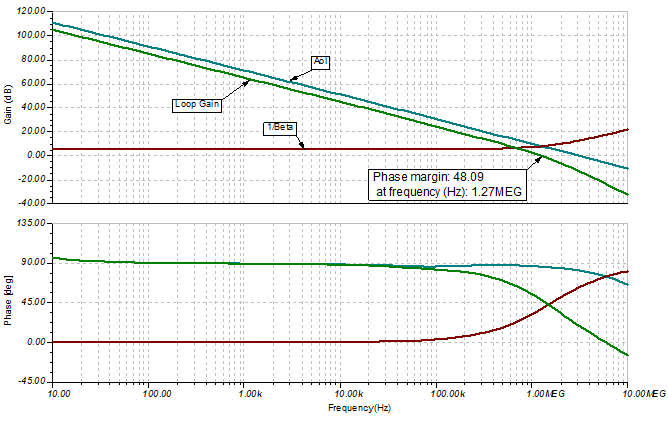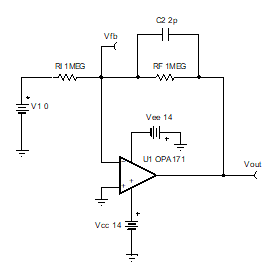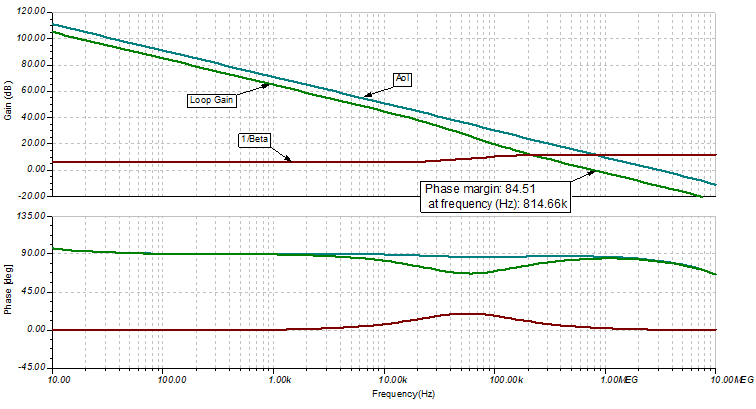Other Parts Discussed in Thread: OPA2990, TLV2171, TLV9302, OPA2171, TINA-TI
Hello,
I'm trying to use TLV4171 in an inverting configuration to drive an LED. Following are my questions
1) Per datasheet, it says 25 mA is the ouput current, Is this specified for each individual op amp?
2) I intend to use 1 m ohm resistors for the inverting input and the feedback resistors, Is this okay? The reason being, the signal thats's coming as input to the op amp will also go to a DAQ in parallel and so I don't want to change the signal or have a voltage drop. To do this , I'm trying to isolate the signal from the op amp with 1 M ohm resistors.
3) What is the life time of this part? Will it be in production for next 5 or 10 years?
4) I also found another part TLV4171-Q1, per datasheet everything seems the same. Are there any performance differences between these 2 parts?
Please let me know.
Thanks,
Naveen.





